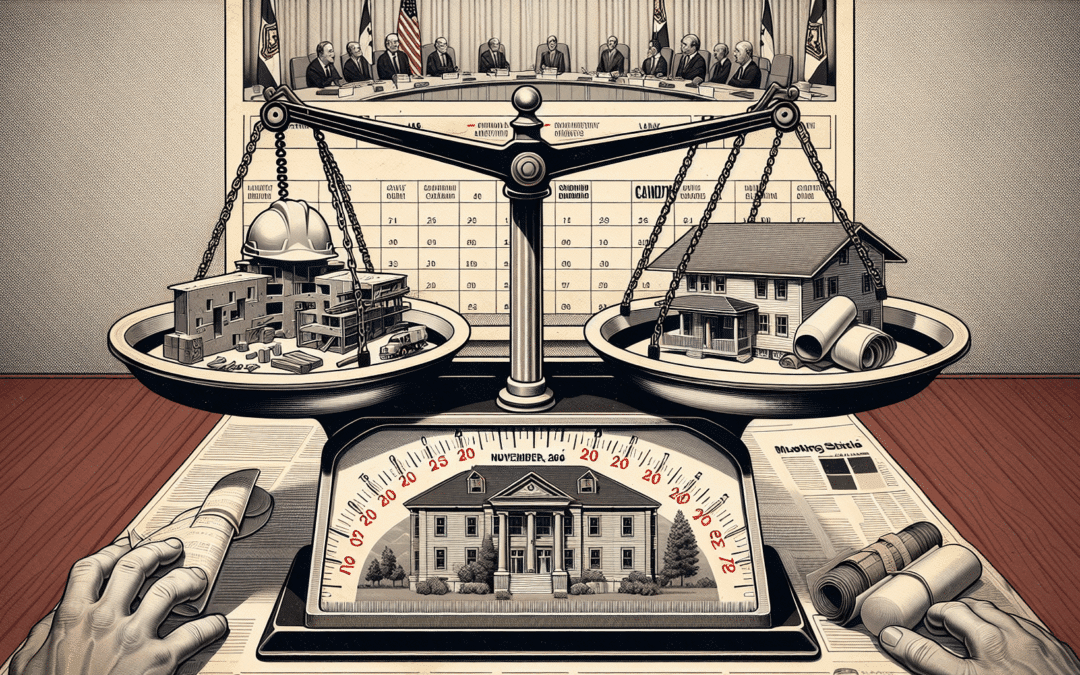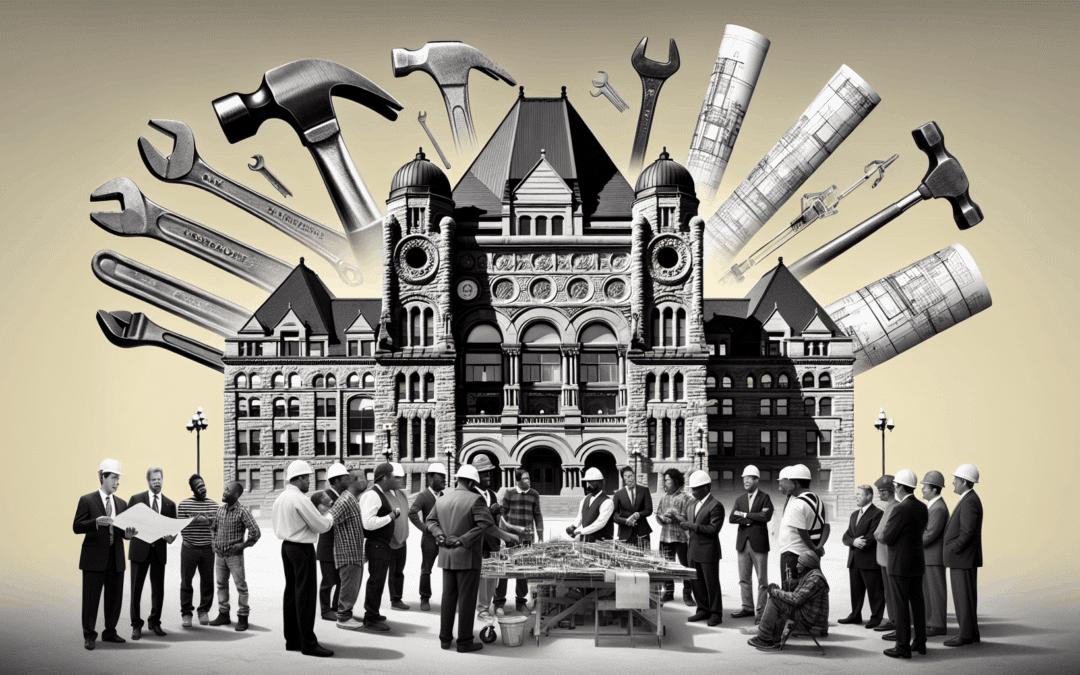Housing In Ontario: Discovering What the Parties Have in Store
Housing, an essential slice of the human necessities pie, is overwhelmingly becoming a core issue in Ontario’s election. A flurry of questions and concerns swirls at every turn, with citizens desperately seeking resolve for the province’s housing plight. But what exactly are the parties promising to bridge this gap? Here, we analyze pledges from different political parties in the fresh light of the northeastern Ontario context—where housing issues sit high on the list of voter concerns.
The Conversation at the Doorsteps
Regardless of their respective political affiliations, candidates vying for seats in various ridings across northeastern Ontario share a common consensus—housing is a significant concern. Whether it’s skyrocketing prices, the scarcity of affordable homes, or the dripping supply in specific areas, the electorate wants solutions to these issues now more than ever.
Gauging the Pledges: A Closer Look
As crucial as the challenges are, so must the responses be. Political parties, like gladiators in an arena, wrestle for the favor of the electorate with their various proposals addressing housing. But as we know, the devil is in the details. So, what exactly are they promising?
The focus on real estate development and economic interventions is clear. For instance, one party pledges to eliminate the provincial portion of the HST on new homes to boost the construction sector. Simultaneously, another party promises to use government-owned surplus lands for affordable housing. These are just a few of the many diverse solutions proposed.
Impacts on Construction and Real Estate
There is no doubt that these proposed solutions will have considerable impacts on Ontario’s construction and real estate sectors. The elimination of provincial HST on new homes, for instance, would incentivize builders [to erect more structures in Ontario], consequently increasing housing supply.
On the other hand, utilizing government-owned surplus lands for affordable housing will open new avenues for real estate developers ready to address the dearth of affordable houses in Ontario. Other proposed policies like rent controls and eviction moratoriums are also likely to significantly impact the broader real estate sphere.
Waiting for the Promised Land
In the end, promises are just that—promises. They are projections of what could be, not guaranteed outcomes. Thus, while these promises provide a hopeful glimpse into what Ontario’s housing future could look like, rooted in these promises are variables and uncertainties.
This election, perhaps more than previous ones, underlines the importance of housing within broader electoral frameworks. How this will pan out post-elections remains a riveting spectacle in progress, where only time will reveal the fine prints of these housing promises.
In Conclusion
In the unfolding drama of electoral politics, housing in Ontario emerges as a pivotal issue with different proposed solutions lying on the table. Whether it’s tax cuts, use of surplus land, or stringent controls, each solution woven into the pledges will have lasting impacts on Ontario’s housing scene. But what will these promises turn to once the election dust settles? As the curtains rise for Ontario’s political theatre, it remains an anxious wait.
We want to hear from you. How do you perceive these election promises? Do you think these solutions can genuinely affect Ontario’s housing issues? Share your thoughts in the comments.
The news piece that inspired this conversation can be found here on CBC’s website .




